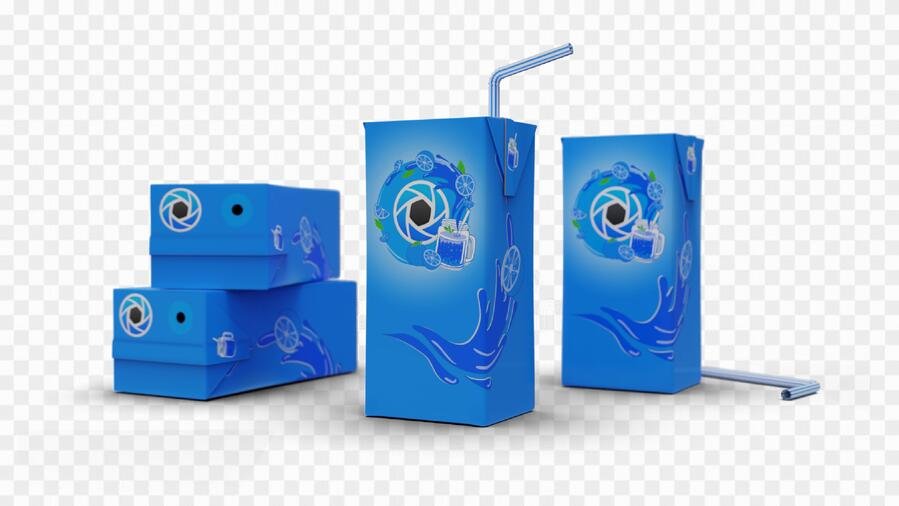
Size = Environment ground size in the form of a number larger than zero (in meters). * setHeight(.) Set environment height. Value = Brightness value to set in the form of a float. * setFlattenGround(.) Enable or disable flattening of the ground.Įnable = Boolean value for enabling or disabling flattening of the ground. * setGroundReflections(.) Enable or disable ground reflections.Įnable = Boolean value for enabling or disabling ground reflections. * setGroundShadows(.) Enable or disable ground shadows.Įnable = Boolean value for enabling or disabling ground shadows. * setGroundShadowsColor(.) Apply RGB color as the ground shadows color.Ĭolor = RGB color tuple. * setGroundSize(.) Set environment ground size. Path = Path to the backplate image. * setBrightness(.) Set environment brightness.

setBackgroundColor(.) Apply RGB color as the background color.Ĭolor = RGB color tuple. * setBackplateImage(.) Applies backplate image to the scene. getOcclusionGroundShadows(.) Returns whether occlusion ground shadows are enabled or disabled. getLightingEnvironment(.) Get the environment image. getGroundSize(.) Get environment ground size. getGroundShadowsColor(.) Get ground shadows color as an RGB tuple. getGroundShadows(.) Returns whether ground shadows are enabled or disabled. getGroundReflections(.) Returns whether ground reflections are enabled or disabled. getFlattenGround(.) Returns whether flattening of the ground is enabled or disabled. getBrightness(.) Get environment brightness in the form of a float value. getBackplateImage(.) Get backplate image, if set. getBackgroundColor(.) Get background color as an RGB tuple. See help(type(self)) for accurate signature. _init_(self, /, *args, **kwargs) Initialize self. You can now render out the separate Model Sets which will provide two image layers with transparent backgrounds for post-processing in any composition or against any background, without including elements of the ground plane or the model’s reflection.Env encapsulates environment settings in a clear and consise way. Get an instance of the active environment using lux. If you encounter undesired shadow artifacts in your scene where your now-hidden model once was, the easy solution is to select the Project window, Lighting tab, and simply increase the ray bounces (under General Lighting ) and your artifacts should disappear. By unchecking Visible to Camera, the model is no longer visible, but the shadow created by the model is still present and able to be rendered out independently.

Double-click a part with the emissive material applied to open the Material properties and uncheck Visible to Camera i n the Advanced section. This allows you to create your last Model Set (named “Product Alpha” in the video above).įinally, to display only the shadows, drag-and-drop the emissive white material from the Library window, Material tab onto the parts in the scene.

Right-click the selected parts and select the Create Model Set from Selection option at the bottom of the pop-up menu. Back in the Scene Tree, in the “Product” Model Set, select the parts that have the shadows you want to separate. Now you can set up the last Model Set, which will be used to create independent realistic ground shadow layers.


 0 kommentar(er)
0 kommentar(er)
